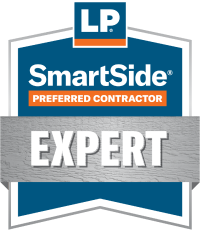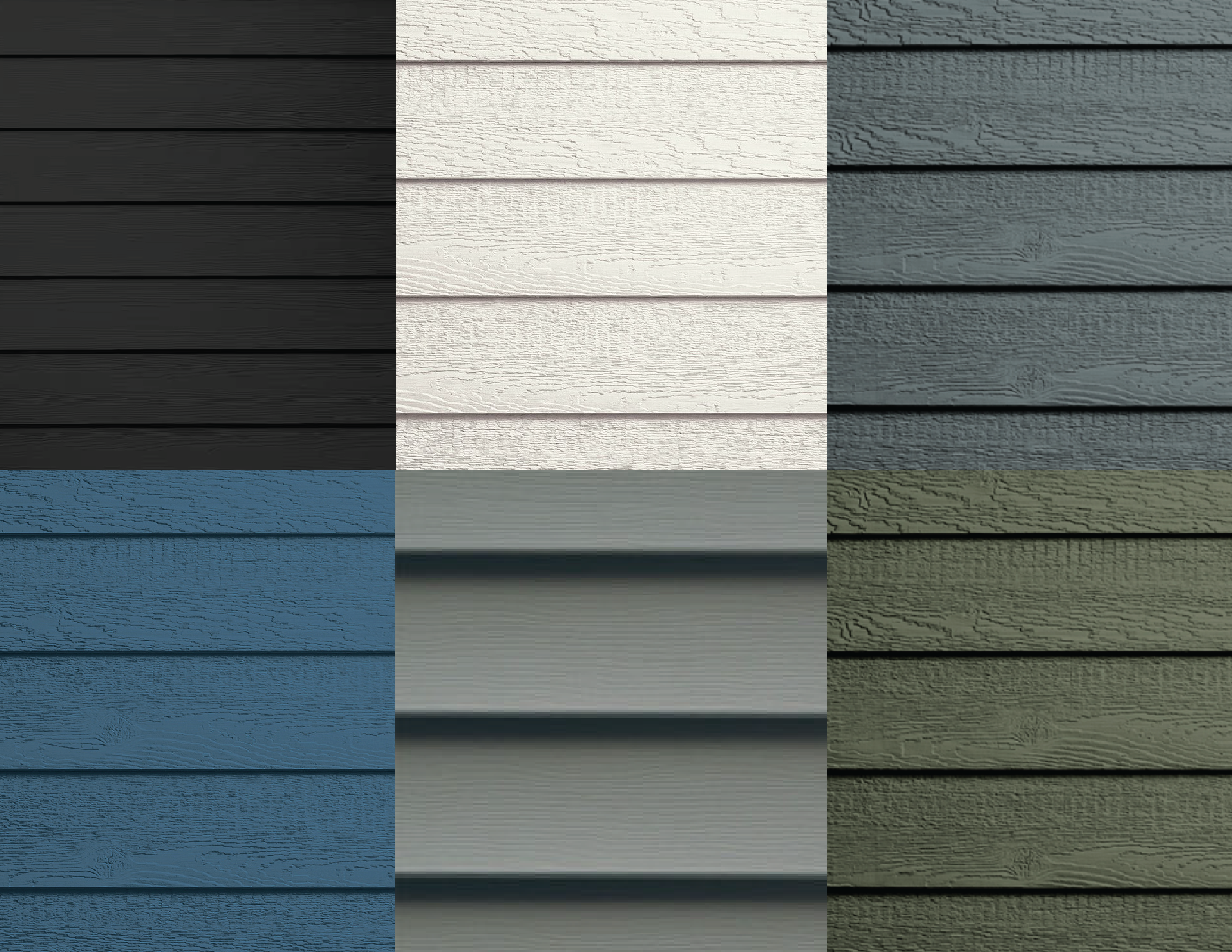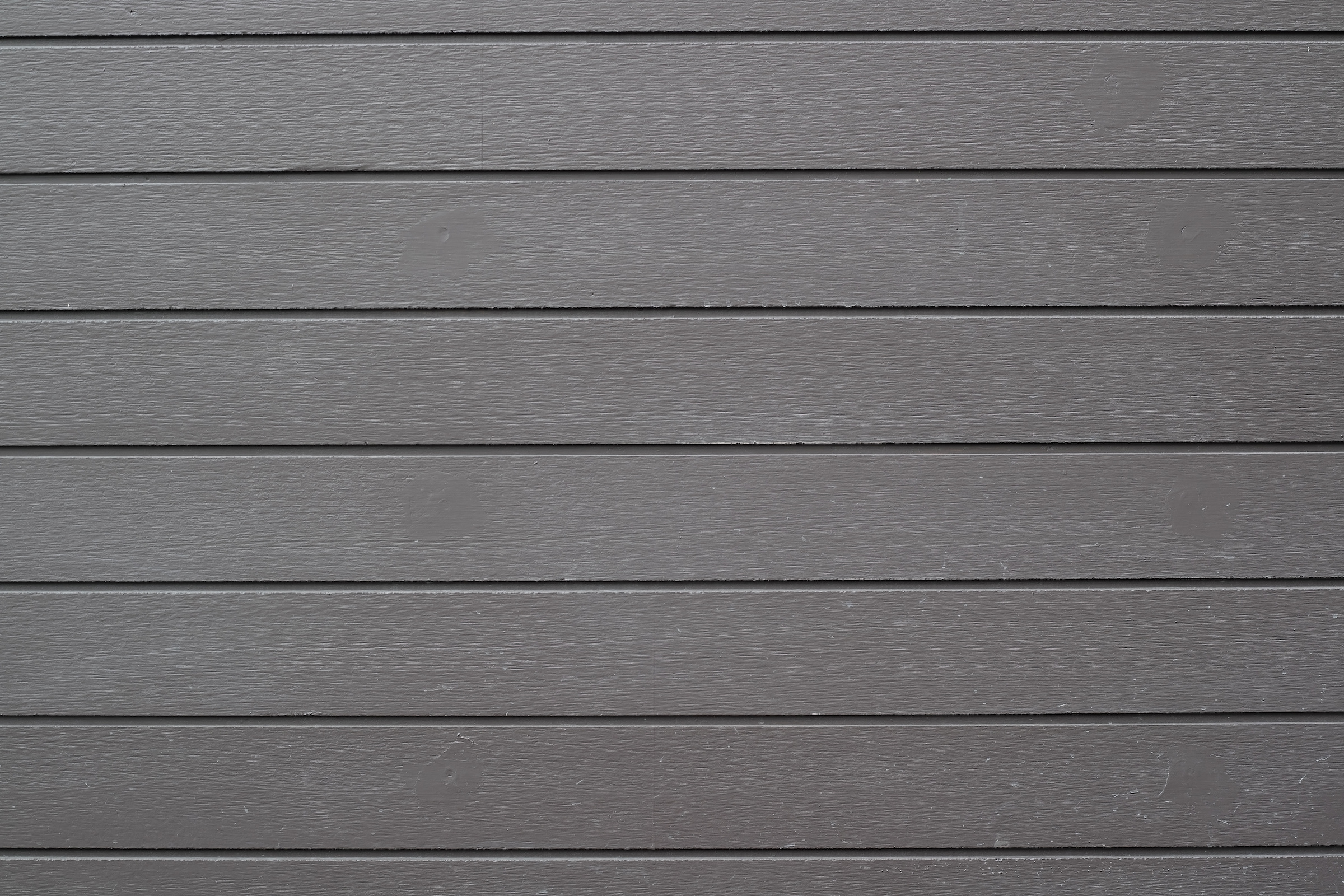Which siding type is the best?
When choosing siding for your home, it’s crucial to consider the material’s durability, aesthetic appeal, maintenance requirements, and cost. Let’s explore the pros and cons of three popular siding options: fiber cement, engineered wood, and vinyl.
Fiber Cement Siding
Fiber cement siding is made from a mixture of cement, sand, and cellulose fibers, which together create a durable, long-lasting product. It’s valued for its durability, low maintenance, and ability to mimic the look of more traditional materials.
Pros
- Durability: Highly resistant to fire, insects, and rot.
- Aesthetic Appeal: It can mimic the look of wood, stucco, or masonry, offering many design options.
- Low Maintenance: It requires minimal upkeep and can have a lifespan of 50+ years if well maintained.
- Weather Resistance: Excellent at withstanding harsh weather conditions, including heavy rain, wind, and snow.
Cons
- Cost: Fiber cement is typically more expensive than vinyl and engineered wood.
- Installation Complexity: It is heavy and requires specialized tools and skills to install properly.
- Potential for Cracking: If not installed correctly, fiber cement can crack over time.
Popular Brand: James Hardie
We are highly experienced in the selection and installation of James Hardie products for both residential and commercial projects.

Engineered Wood Siding
Engineered wood siding is made from wood fibers (like sawdust or wood chips) that are bound together then compressed and treated to form solid boards or panels. It offers the visual appeal of real wood with added benefits like enhanced durability, lower maintenance, and easier installation.
Pros
- Aesthetic Appeal: Engineered wood offers the natural look of wood with added durability and resistance to the elements.
- Cost-Effective: Generally less expensive than natural wood and fiber cement.
- Ease of Installation: Lighter than fiber cement, it is easier and quicker to install.
- Durability: Treated to resist termites, mold, and mildew, making it a robust option. Less likely to crack or dent than vinyl siding.
Cons
- Maintenance: Requires regular painting or staining (every 5 to 10 years) to maintain its appearance and prevent moisture damage.
- Susceptibility to Moisture: If not properly maintained, it can absorb moisture, leading to swelling or warping.
- Limited Lifespan (20-30 years): Generally, has a shorter lifespan compared to fiber cement, although proper maintenance can extend its durability.
Popular Brand: LP
We are an Expert Level Preferred Contractor of LP SmartSide products.


Vinyl Siding
Vinyl siding is made from PVC (polyvinyl chloride) plastic, which is a durable, lightweight material that’s molded into long panels or shingles. It’s a cost-effective, low-maintenance, and durable option with a wide range of styles and colors allowing homeowners to achieve the look they want without the hassle of frequent upkeep.
Pros
- Affordability: Vinyl is one of the most cost-effective siding options available, both in terms of material and installation.
- Low Maintenance: Requires little maintenance; periodic cleaning is usually sufficient. It does not require regular painting.
- Variety of Styles: Comes in a wide range of colors and styles, allowing for customization.
- Weather Resistance: Resists rot, pests, and moisture, making it suitable for various climates.
Cons
- Durability: Although resistant to many elements, vinyl can crack or become brittle in extreme temperatures.
- Aesthetic Limitations: While it has improved over the years, it may not provide the same high-end look as fiber cement or natural wood.
- Environmental Concerns: Vinyl production and disposal can have negative environmental impacts.
Quality Assurance
Whichever siding you choose, hiring an experienced siding crew ensures high-quality installation, long-lasting results, and protection for your home against the elements.
Top Siding Colors
Now that you know about each siding type, check out our favorite vinyl, fiber cement, and engineered wood siding colors from the top brands.









